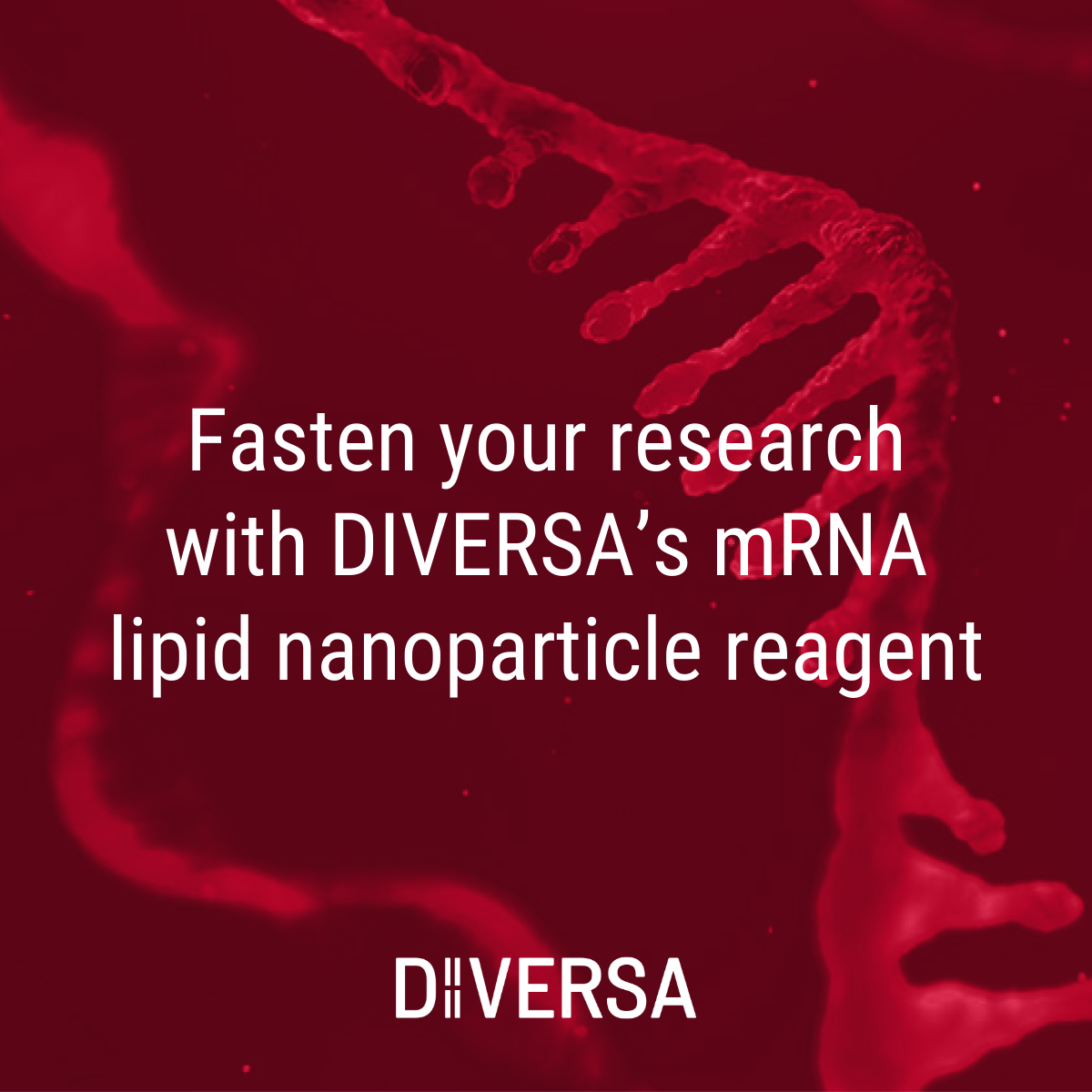The versatility of nanotechnology to fight different diseases in diverse therapeutic areas is unprecedented.
Combining nanoparticles and mRNA to treat autoimmune diseases could be the latest blockbuster, adding the development of COVID-19 vaccines and the new announcement of promising results for a personalized mRNA vaccine against melanoma [1].
Mitchell’s Lab from the University of Pennsylvania has recently published an exciting paper about developing mRNA lipid nanoparticles to engineer immunosuppressive T cells to treat autoimmune diseases.
Nanotechnology has overcome current challenges in developing innovative therapeutics for autoimmune diseases
Autoimmune disorders affect 5-7 % of the world population. The key downstream pathology that unites autoimmune disorders is the presence of inflammation. New therapies advocate using adoptive cell therapy with T regulatory cells (Treg) derived from the patient’s body to achieve immunosuppression. This may replace old immunosuppressive medications, which are highly unspecific and require frequent dosing.
Mitchell’s lab has developed a lipid nanoparticle platform to deliver Foxp3 mRNA to T cells for autoimmune therapies. Foxp3 is a master transcription factor that mediates the expression of several key genes that confer Treg cells with their suppressive capabilities. They have identified a top-performing nanoparticle formulation, highlighting the adaptability and versatility of nanotechnology to address current challenges for autoimmune diseases.
What’s the innovation?
The innovation comes from combining mRNA to generate transient immunosuppressive cells and biocompatible lipid nanoparticles for efficient delivery, advancing the clinical translation of this therapy from bench to bedside.
Other groups had previously attempted to engineer Treg cells by specifically utilizing lentiviruses and adeno-associated viruses (AAVs) [2-4]. Viral delivery presents limited cargo capacity, off-target genomic integration and genotoxicity, and potential adverse immunological effects that limit its application in vivo. Going virus-free with lipid nanoparticles solves these hurdles. They provide numerous advantages, such as the capacity to adjust their composition, size, and charge, customize their surface with targeting ligands, and efficiently encapsulate a diverse range of cargoes.
DIVERSA takes part in the therapeutic revolution of efficiently and safely delivering mRNA
DIVERSA has optimized its lipid nanoparticle technology and has validated its potential for mRNA delivery, offering a safe, efficient, non-immunogenic, and biocompatible alternative. Our lipid nanoparticles ensure a high intracellular delivery and high efficiencies in vitro, using immortalized cell lines, primary cell lines, and organoids, as well as in vivo.
To give access to this technology to all researchers interested in developing innovative mRNA therapeutics, DIVERSA is launching an mRNA Delivery Nanoparticle Reagent that allows a straightforward translation from in vitro to in vivo.
Our new mRNA Delivery Nanoparticle Reagent is a ready-to-use formulation resulting from our strong R&D focus and know-how.
- User-friendly – the mRNA nanoparticles are easily prepared with a syringe, unlike other approaches requiring expensive microfluidic equipment and cassettes.
- Non-viral formulation.
- Associates and protects mRNA and demonstrates comparable activities to nanoparticles already approved for clinical applications.
- Does not rely on cationic lipids that increase toxicity.
- It does not rely on chemical methods that cannot be used in vivo.
- Fluorescent option available for traceability.
- Customizable with proteins and ligands for targeted delivery.
At DIVERSA, we help advance the development of innovative therapeutics with a user-friendly methodology.
DIVERSA is also entering into collaborative agreements in which we add our technology and know-how to your projects, having a clear compromise in helping advance your research.
Don’t hesitate to contact us for more info!
References
- Carvalho T. Personalized anti-cancer vaccine combining mRNA and immunotherapy tested in melanoma trial. Nat Med. Oct 2023;29(10):2379-80.
- Fransson M, Piras E, Burman J, Nilsson B, Essand M, Lu B, et al. CAR/FoxP3-engineered T regulatory cells target the CNS and suppress EAE upon intranasal delivery. J Neuroinflammation. Dec 2012;9(1):576.
- Goodwin M, Lee E, Lakshmanan U, Shipp S, Froessl L, Barzaghi F, et al. CRISPR-based gene editing enables FOXP3 gene repair in IPEX patient cells. Sci Adv. May 2020;6(19):eaaz0571.
- Honaker Y, Hubbard N, Xiang Y, Fisher L, Hagin D, Sommer K, et al. Gene editing to induce FOXP3 expression in human CD4 + T cells leads to a stable regulatory phenotype and function. Sci Transl Med. Jun 2020;12(546):eaay6422


